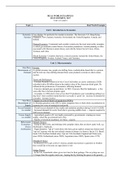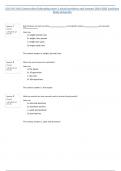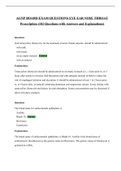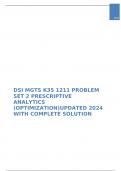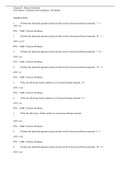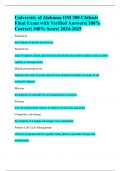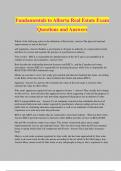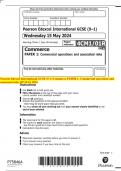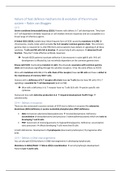Exam (elaborations)
NR 511 Differential Diagnosis And Primary Care Practicum Question bank|All answers with correct answers
- Course
- Institution
NR 511 Week 6 NR 511 Differential Diagnosis And Primary Care Practicum Questions with complete solutions NR 511 Week 8 Final Exam NR 511 Week 7 Exam Questions and answers NR511-All quiz/exam questions NR511 Davis Edge Final 370 Questions NR511 Final exam
[Show more]




